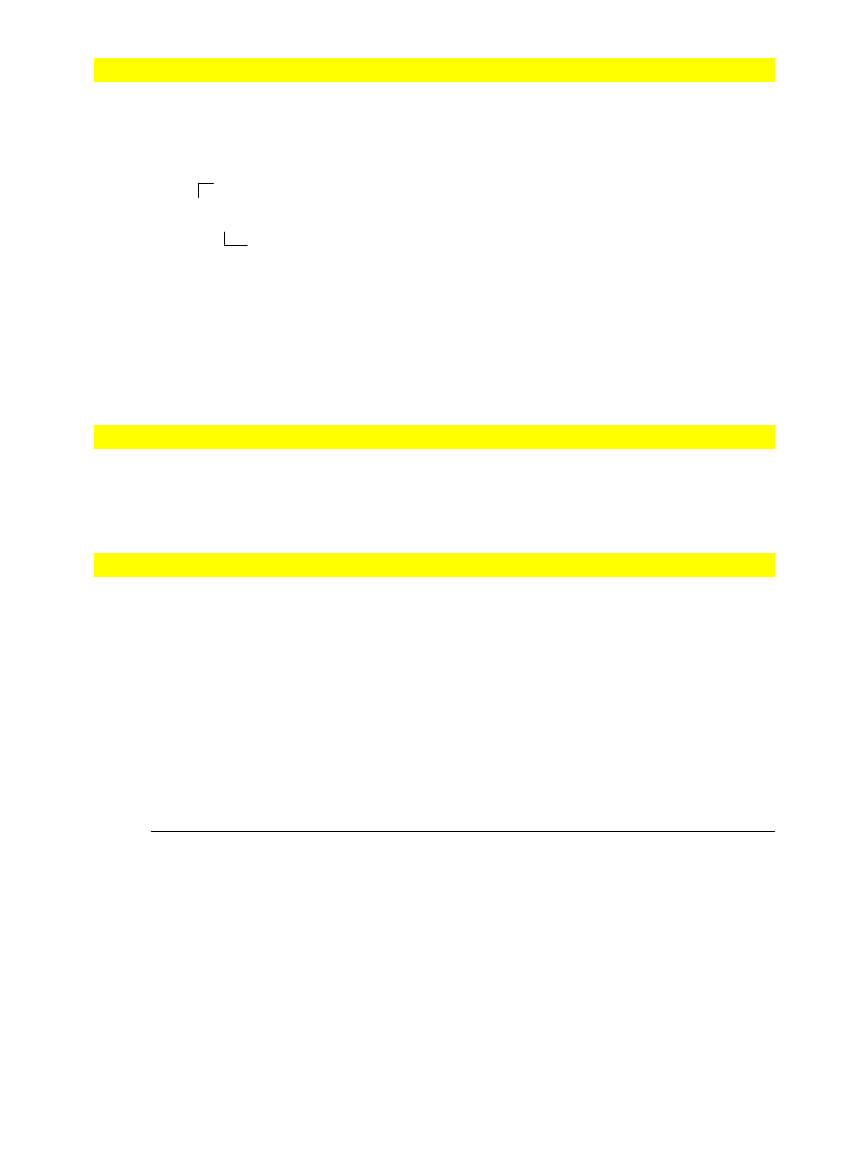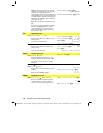
456 Appendix A: Functions and Instructions
8992APPA.DOC TI-89 / TI-92 Plus: Appendix A (US English) Susan Gullord Revised: 02/23/01 1:48 PM Printed: 02/23/01 2:21 PM Page 456 of 132
4
Hex
MATH/Base menu
integer1
4
Hex
⇒
integer
Converts
integer1
to a hexadecimal number.
Binary or hexadecimal numbers always have
a 0b or 0h prefix, respectively.
256
4Hex
¸
0h100
0b111100001111
4Hex
¸
0hF0F
0b
binaryNumber
0h
hexadecimalNumber
Without a prefix,
integer1
is treated as
decimal (base 10). The result is displayed in
hexadecimal, regardless of the
Base
mode.
If you enter a decimal integer that is too large
for a signed, 32-bit binary form, a symmetric
modulo operation is used to bring the value
into the appropriate range.
identity()
MATH/Matrix menu
identity(
expression
)
⇒
matrix
Returns the identity matrix with a dimension
of
expression
.
expression
must evaluate to a positive integer.
identity(4)
¸
1
0 0 0
0 1 0 0
0 0 1 0
0 0 0 1
If
CATALOG
If
Boolean expression
If
Boolean expression
Then
statement
block
EndIf
If
Boolean expression
evaluates to true,
executes the single statement
statement
or the
block of statements
block
before continuing
execution.
If
Boolean expression
evaluates to false,
continues execution without executing the
statement or block of statements.
block
can be either a single statement or a
sequence of statements separated with the “:”
character.
Program segment:
©
:If x<0
:Disp "x is negative"
©
—
or
—
©
:If x<0 T
h
en
: Disp "x is negative"
: a
b
s
(
x
)
!
x
:En
d
If
©
If
Boolean expression
Then
block1
Else
block2
EndIf
If
Boolean expression
evaluates to true,
executes
block1
and then skips
block2
.
If
Boolean expression
evaluates to false, skips
block1
but executes
block2
.
block1
and
block2
can be a single statement.
Program segment:
©
:If x<0 Then
: Disp "x is negative"
: Else
: Disp "x is positive or zero"
:EndIf
©
A binary number can have up to
32 digits. A hexadecimal number
can have up to 8.
Zero, not the letter O, followed by b or h.


















